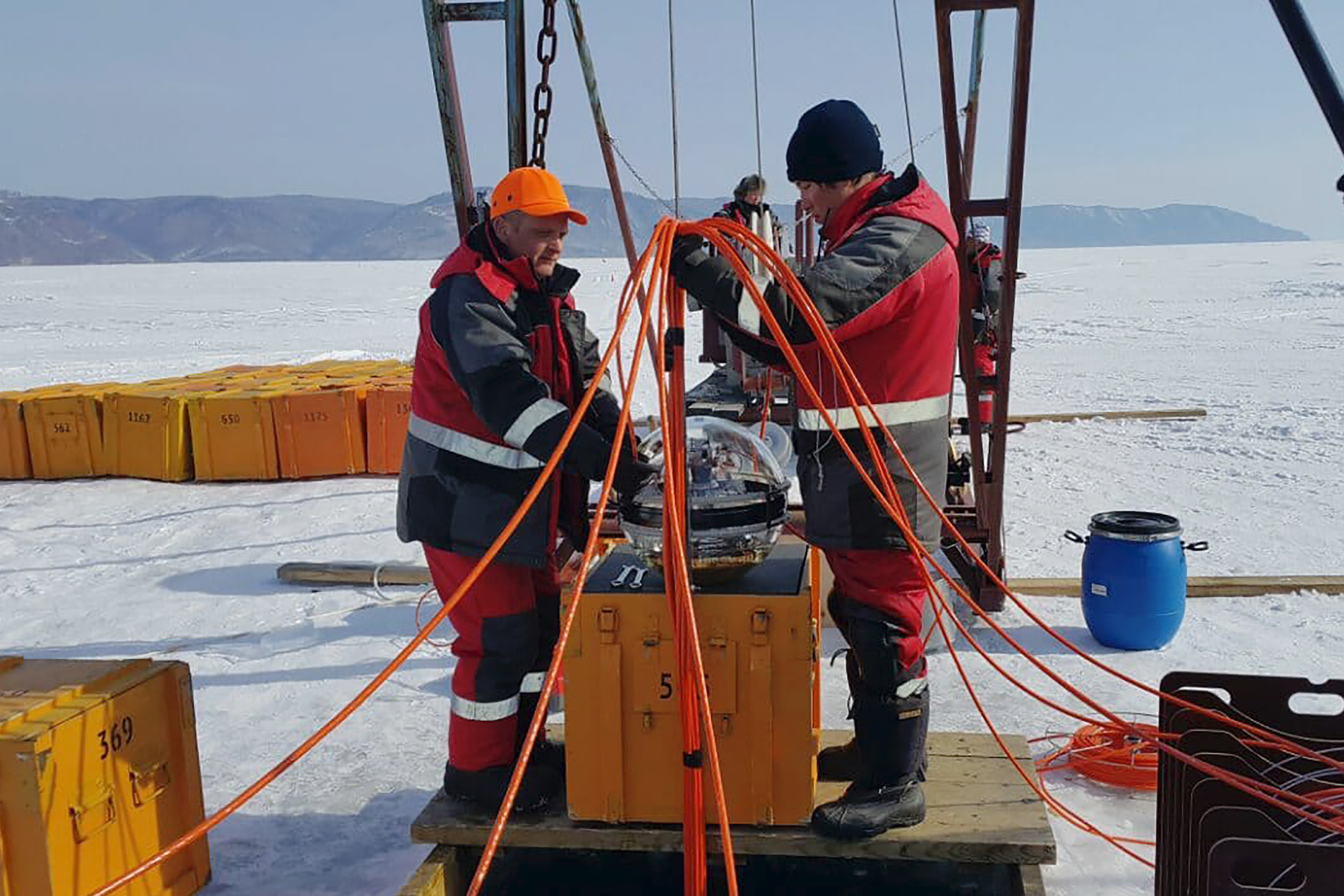ID :
593023
Wed, 03/17/2021 - 11:08
Auther :
Shortlink :
https://oananews.org//node/593023
The shortlink copeid
Russian tech firm’s shields to protect Baikal deep underwater neutrino observatory

MOSCOW, March 16. /TASS/. The shields developed by the Salyut Production Site (part of the United Engine Corporation within the state tech corporation Rostec) will protect the Baikal-GVD largest underwater neutrino telescope in the Northern Hemisphere from the Earth’s magnetic field, the United Engine Corporation (UEC) said in a statement on Tuesday.
"Today over 1,400 such items have been installed and another 500 will be delivered to Lake Baikal by the end of the year," the statement says.
The production site’s equipment allows providing sufficiently high temperatures (1,100 degrees) and the vacuum degree and also has a large capacity, the UEC specified.
"The latter circumstance allows annealing 30 shield sets at a time," the corporation added.
The Baikal-GVD (Gigaton Volume Detector) neutrino telescope, which was put into operation on March 13, is a mega-science installation. It is designed to register and study the streams of high-energy neutrino particles coming to Earth from the depths of emerging or dying galaxies and various exotic stellar objects.
Neutrinos are uncharged neutral particles with low mass and the speed close to the speed of light. In scientists’ opinion, they are capable of reaching Earth without any considerable changes and bringing valuable information on what occurred in the Universe billions of years ago and on objects that create them.
The Baikal neutrino telescope has been installed at a distance of 3.5 km from the shore at a depth of 750 to 1,300 m in the southern hollow of Lake Baikal. The lake has been chosen as the site for the neutrino observatory as it has areas up to 1 km deep near the shore suitable for installing scientific equipment. The Baikal water has sufficient transparency for experiments. In addition, the lake is covered with ice for about two months a year, which facilitates the telescope’s installation and maintenance compared to other projects when observatories are installed from sea vessels.
Read more





